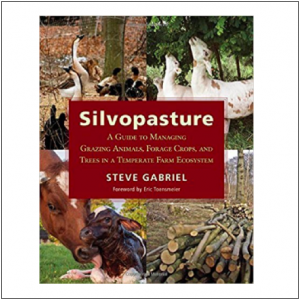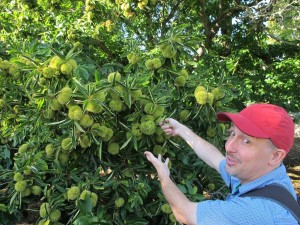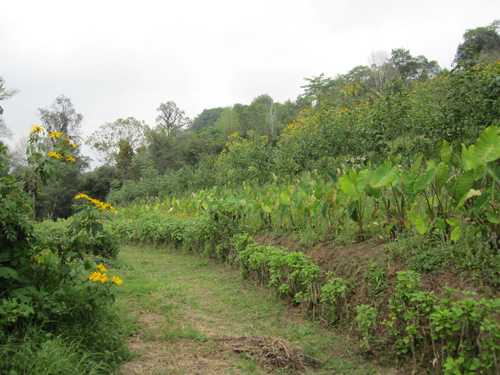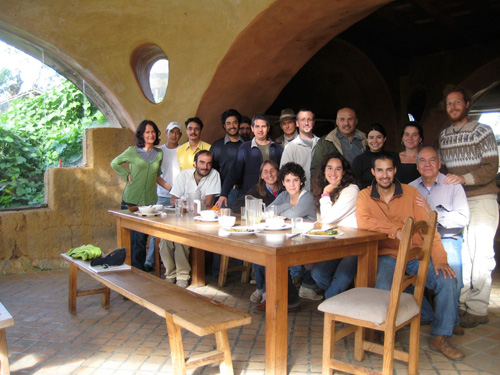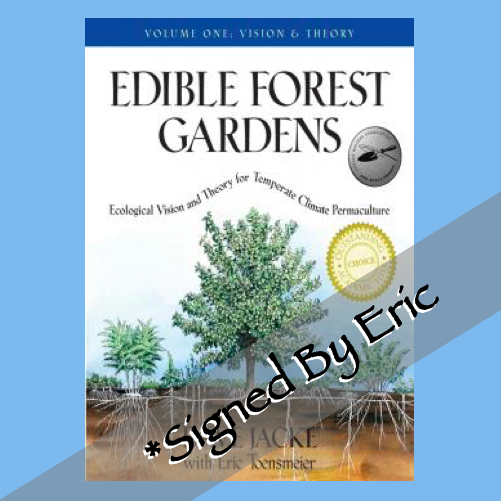Bookwatch-
Don’t expect the usual light gardening guide reading, Volume 1 of Edible Forest Gardens: Ecological Vision and Theory for Temperate Climate Permaculture packs in serious surveys of the ancient practice of forest gardening, which offers homeowners and gardeners a new way of viewing modern home landscaping and nature. Useful plants can be blended to supply daily needs, the land can be ‘untamed’ to return support to healthy populations of plant and animal species. Years of experience goes into Edible Forest Gardens; this first volume provides a review of the ecological and cultural foundations for recognizing forest gardening as a viable ecological alternative in modern North America. Dave Jacke runs his own ecological design firm consulting on permaculture and landscapes around the world; his co-author Eric Toensmeier founded the former Perennial Vegetable Seed Company and has worked with the New England Small Farm Institute. A highly recommended pick; especially for college-level and serious collections on permaculture and horticulture.
Plants and Gardens News—Patricia Jonas, Brooklyn Botanic Garden–
But even if you grow enough organic food to feed yourself, are you doing what’s best for the ecosystem? “Many drawbacks of modern agriculture persist in organic farming and gardening,” Dave Jacke and Eric Toensmeier write in Edible Forest Gardens, because they do not “mimic the structure of natural systems, only selected functions.” Even Quail Hill Farm members are still harvesting mostly annual crops grown in plowed fields. Jacke and Toensmeier offer a radical vision for stepping out of the conceptual continuum of conventional agriculture and organic farming. They point to the productivity of temperate forests–which is twice that of agricultural land in terms of net calories–and take that as their design model. Building on Robert Hart’s classic book, Forest Gardening, and incorporating permaculture practice, Jacke and Toensmeier propose a garden where many species of edible perennial plants are grown together in a design that mimics forest structure and function.
Edible Forest Gardens is an ambitious two-volume work whose influence should extend well beyond ecologists and permaculturists and, in the best of all outcomes, reach into the mainstream. Volume one lays out the “Ecological Vision and Theory for Temperate Climate Permaculture,” and it also includes a very useful analysis of existing forest gardens (one only 50 by 90 feet) and a tantalizing 30-page appendix of “top 100” species.
As of this writing, volume two, which focuses on practical design and maintenance considerations, is just being released, but on the evidence of volume one, I have no doubt the set will be an indispensable reference for gardeners and farmers for decades.
“When people have food gardens,” the authors write, “they usually are tucked out of sight and out of view of the neighbors. They rely on external inputs of energy, nutrients, insect and disease controls, and water and are based primarily on annual plants. For some reason, growing food is considered unsightly, unseemly, possibly antisocial, and in some towns and cities, illegal! The tremendous infrastructure we have built in our cities and towns reflects a culture and horticulture of separation and isolation.” The consequences of such attitudes about growing food have been disastrous, and each of us can contribute to the repair effort. Jacke and Toensmeier say that the principles of forest gardening can be applied even in a tiny urban yard or on a rooftop. Containers of edible perennials and annuals on a rooftop are not most farmers’ idea of agriculture, but I grow nearly 20 percent of the authors’ top 100 species and intend to look for ways to take this small start much further.
And what about chocolate and oranges? Clearly there are foods that cannot be grown in a temperate forest. “We do not expect forest gardening to replace regular gardening or the foods we know and love,” the authors admit. “Just how far we can take forest gardening in supplying food for ourselves is not yet determined.” Finding the answer may be the most optimistic work gardeners and farmers can do.
“These will be the benchmark works in the field for many years. The level of scholarship and meticulous footnoting is unsurpassed by anything I’ve seen in permaculture literature.”–Toby Hemenway, author of Gaia’s Garden

